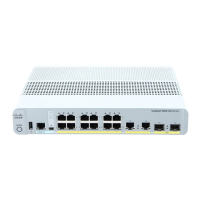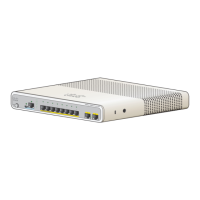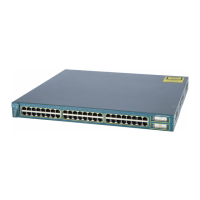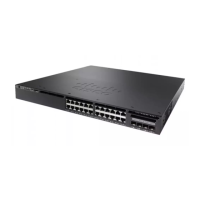Figure 2: Adding a Standalone Switch to a Switch Stack
Changes to Switch Stack Membership
If you replace a stack member with an identical model, the new switch functions with exactly the same
configuration as the replaced switch, assuming that the new switch (referred to as the provisioned switch) is
using the same member number as the replaced switch.
The operation of the switch stack continues uninterrupted during membership changes unless you remove the
active switch or you add powered-on standalone switches or switch stacks.
• Adding powered-on switches (merging) causes the active stack of the merging switch stacks to elect an
active stack from among themselves. The reelected active stack retains its role and configuration as do
its stack members. All remaining switches, including the former active stacks, reload and join the switch
stack as stack members. They change their stack member numbers to the lowest available numbers and
use the stack configuration of the reelected active stack.
• Removing powered-on stack members causes the switch stack to divide (partition) into two or more
switch stacks, each with the same configuration. This can cause:
• An IP address conflict in your network. If you want the switch stacks to remain separate, change
the IP address or addresses of the newly created switch stacks.
• A MAC address conflict between two members in the stack. You can use the stack-mac update
force command to resolve the conflict.
Managing Switch Stacks
3
Managing Switch Stacks
Changes to Switch Stack Membership

